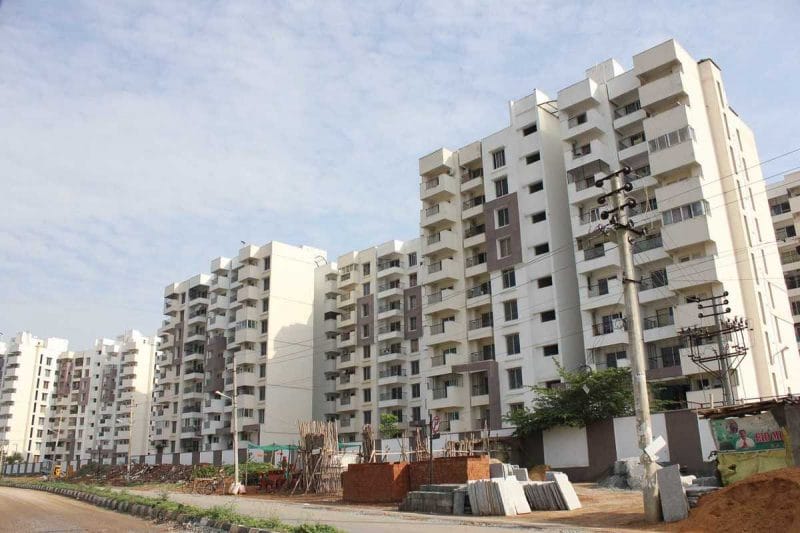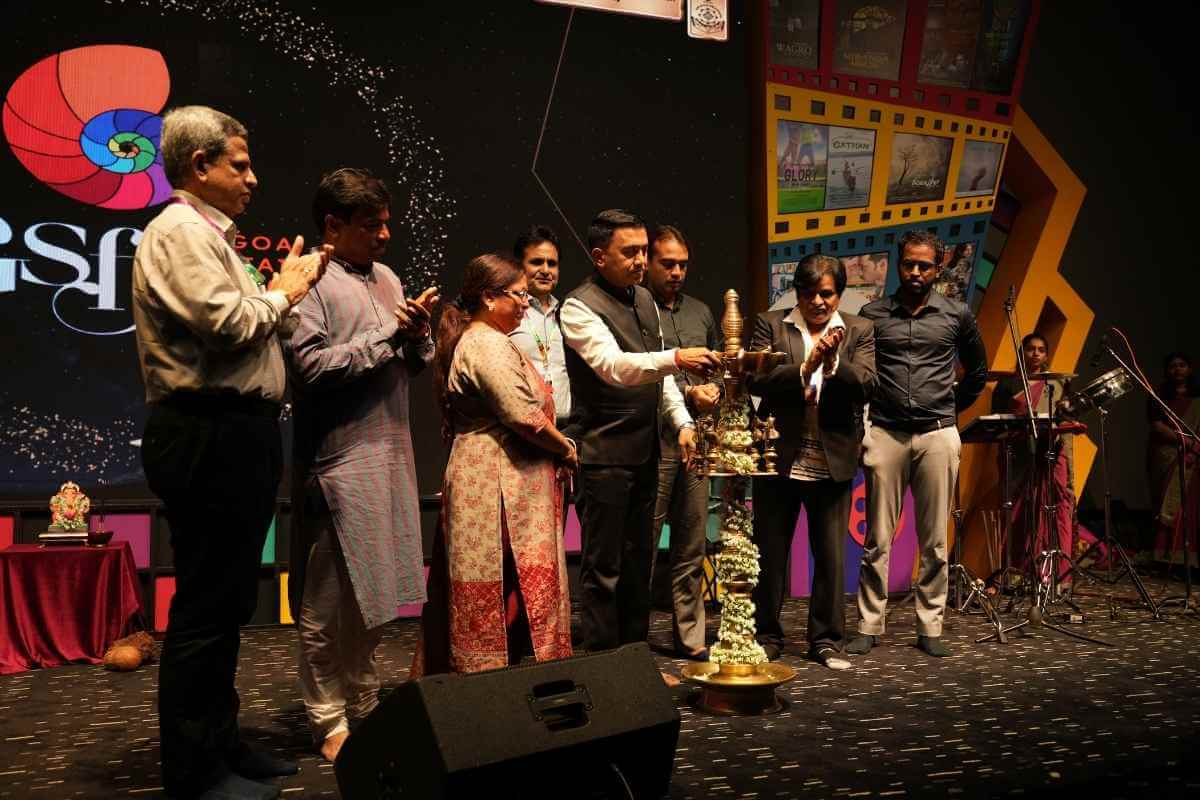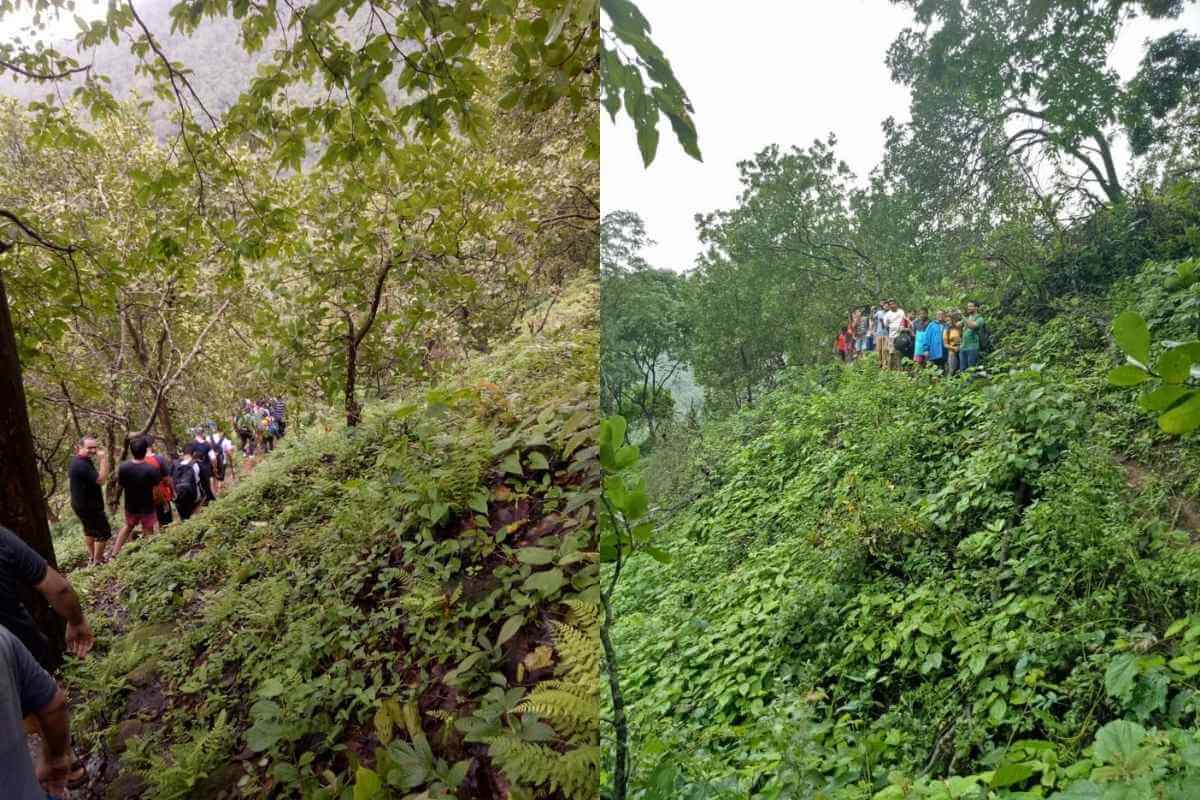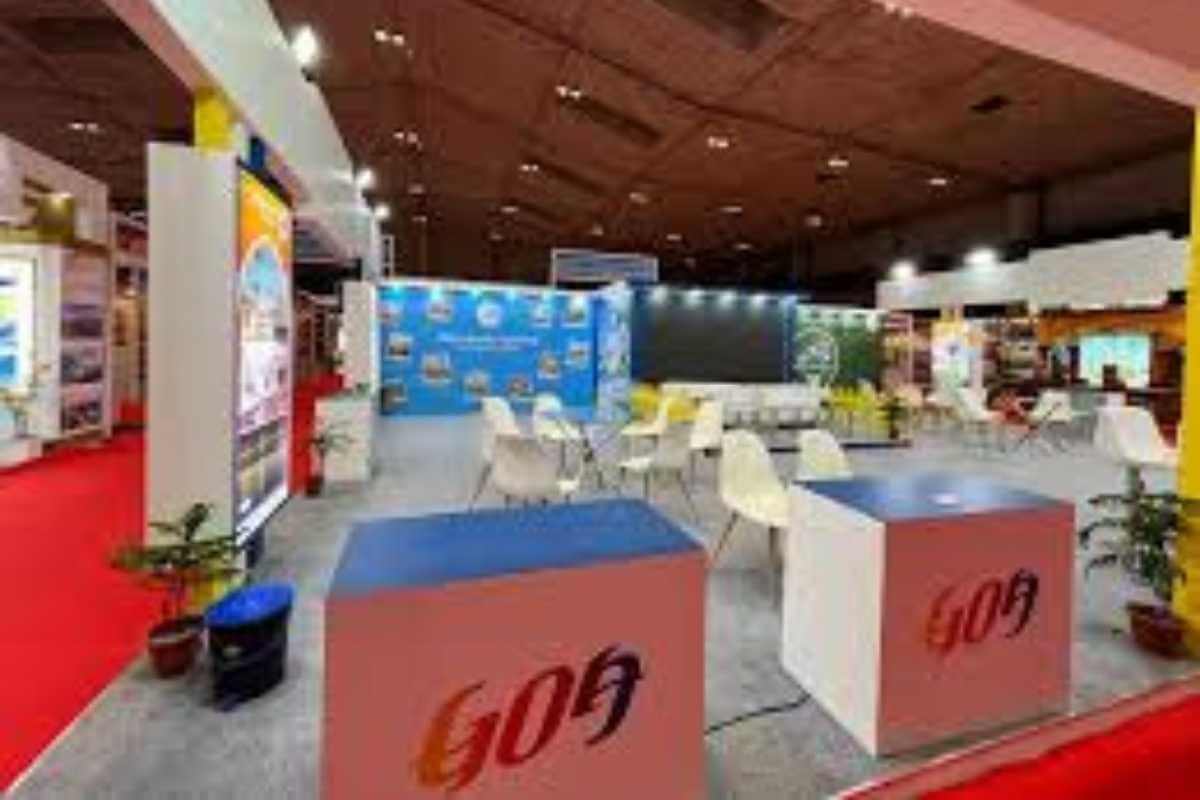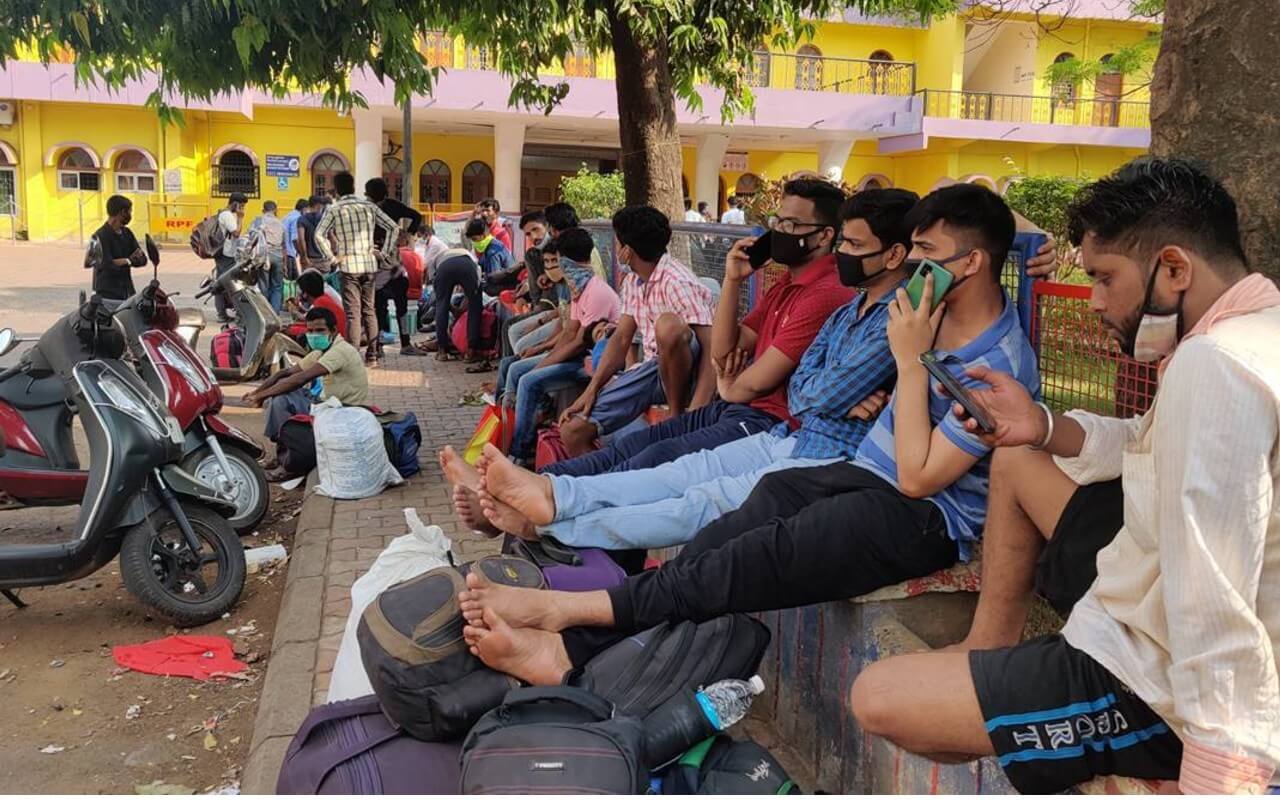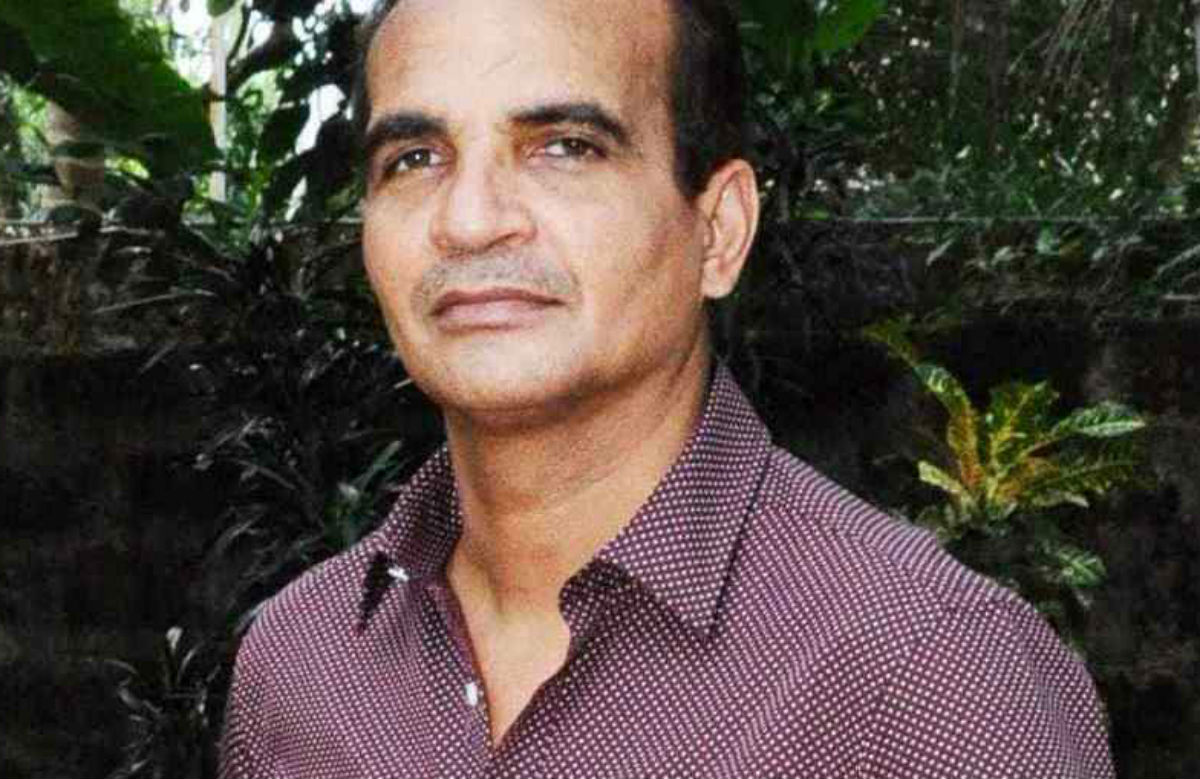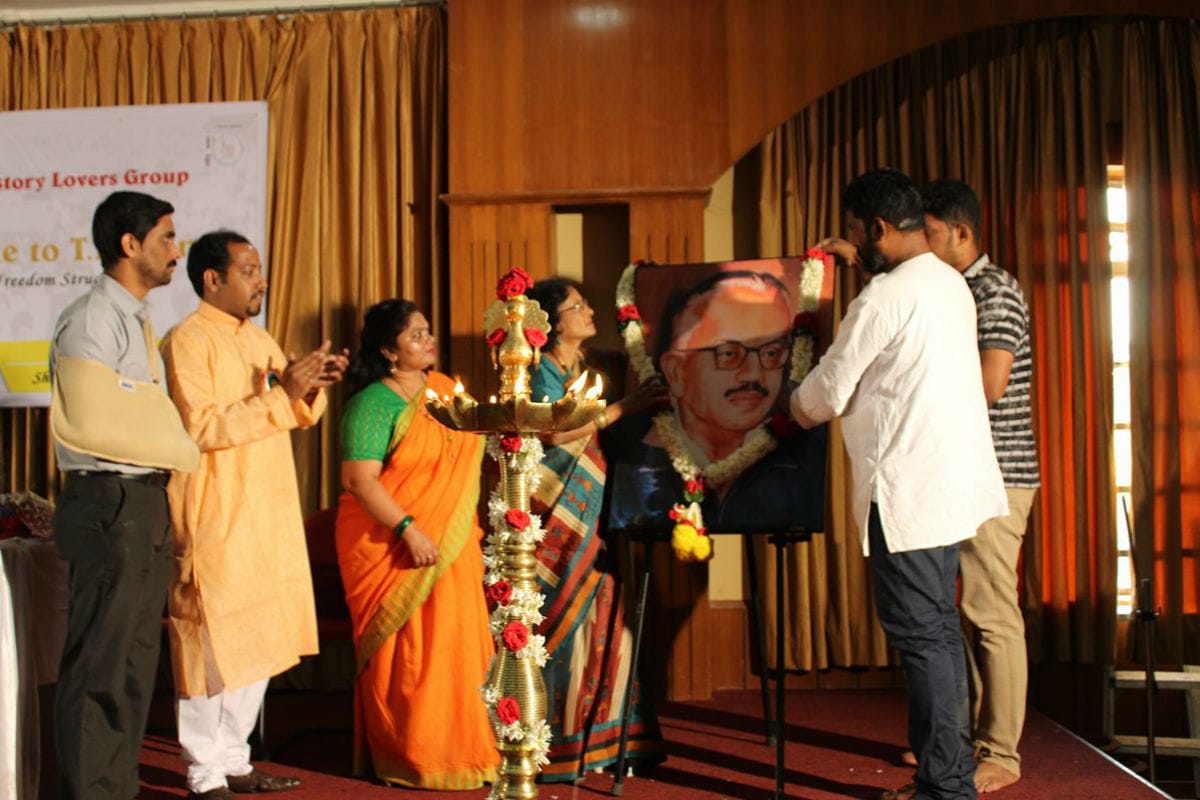Construction is the progressive way of development in any state. When the population grows the infrastructure needs to be developed but what happens when this development takes the shape of the monster of destruction? Goa is facing the similar fate today. Under the name of development, the destruction of the natural beauty of Goa had been going on. Who is responsible for this? The over-ambitious builders or state government who wants to fill the treasury of the state or it could be some corrupt politicians who want to fill up their pockets? Incredible Goa has done some real research on this issue and here I am presenting you with the complete insight to it.
This story is no way written to blame any particular section of the society but it can be an eye-opener to many. Goa started developing rapidly with the entry of regional plan 2011. Massive development took place within just two years and the huge amount of land that was grabbed by the land mafias were converted into settlement zones from the existed orchid zones. Many fields have been covered by the new development and the face of the town had been changed overnight. By the time the RP 2011 was scrapped there was good enough timeframe that amounted into changing the face of Goa.
The rampant development into the state cost a lot to the people of Goa. The prices of properties started skyrocketing in the state. People sold their piece of land for the peanuts and were unable to purchase the sizable property in the state with the same cost. The double bedroom flat in capital town would cost anywhere from 75 lakh to 3 crores and shops in would be in the range of 5 to 10 crores. This scenario resulted in people from outside the state investing in Goa. Money started flowing in from the places like Mumbai, Delhi, Gujarat, Rajasthan, and Bangalore. This again raised the bar of the sellers in the state.
By the time people would realize the consequences of the development in the state, it was too late. The monster of development had swallowed substantial proportion of the land that was belonging to the people of Goa. Builders from Goa as well as outside managed to grab as much as possible at the old rates which were prevailing then. There is no doubt that the indications in regards to the proposed developments were surely have been passed on to these purchasers much in advance to facilitate the smooth transaction at most affordable rates.
The seriousness of this scenario can be judged by this news that was published in one of the online catholic news channels. According to that, Since hundreds of families started selling their properties in Goa and statred moving to other places the church started worrying about the catholic community which according to them started disappearing from this former Portuguese enclave. According to the article, people felt that they got a very handsome price for their coconut grove and that they were happy to leave India and take the refuge of Portugal where they have their family members settled down. The source also revealed that even the dilapidated houses were in high demands amongst the businessmen from Delhi and Rajasthan who used to buy, refurbish and resell them to affluent people at very high cost making enough of profits.
According to the story narrated by one James Fernandes to the catholic news channel ucanews.com, the government officers who transferred to Goa on deputation would end up buying the bungalows here because according to them, they fell in love with this place. Writers also found this place very inspiring to their creativity. “It was sickening that they were started dictating the terms to us,” Mr. Fernandes told the catholic news channel. Fernandes quoted that the rampant land sales could soon render the indigenous Goans strangers in their own state. And if you look at the situation at present that is what seems to have happened.
According to the sources in Catholic Church, Goa was ruled by Portuguese from 1510-1961 is known for its unique culture and customs dominated by the Catholic community, its tradition, songs, dances, and festivals. They also quoted that about 30 percent of Goa’s 1.3 million populations were the Christians and most of them were Catholics.
As a result of this, the landowners were left with no other options than to sell their properties to the developers and get out of the mess. The landowners also blamed the Catholic Church for not coming to their rescue. “I don´t want to be a martyr for the Goan culture,” he said, charging that nobody came to the landowners´ help when they challenged the government law three decades ago or when the people who occupied their land assaulted them. “The Church should have acted then,” he asserted.
The above case study shows that it was the tenants who made landowners bow down in front of the developers for their own benefits. This way most of the land was gulped by the developers from Goa as well as outside. Although this is not alone amounted into the actual destruction but there were many other factors that were responsible for this situation. One of the reasons was the shifting of paradigm in the new generation. The new generation was not ready to carry on with the role of a farmer and lots of farming land has been abandoned by the people. This trend resulted in the rampant sale of farm land to the developers and businessmen from the north that was always in search of land near to beaches to set up the luxury resorts.
According to the latest available data on the construction that took place in the CRZ – III (Coastal Regulatory Zone) in Goa shows that the number of structure in coastal villages have been doubled in the span of just 15 years. During the period of 1991 to 2006, the structures between 200m and 500m of High Tide Line has increased from 4000 to 8000 in North Goa alone while in South Goa the structures have been increased from 1643 to 3470 during the same period. This information is based on the report submitted by the GCZMA (Goa Coastal Zone Management Authority) to the High Court of Bombay at Goa. The report also says that building construction is rampant in the area, even though it has been earmarked as ‘no development zone’ in CRZ-iii in February 1991. This shows the seriousness of the issue as at what level the development went up to.
It does not matter what orders the courts pass of what amendments are made by the government authorities the smart people in this industry find the way out from all the hurdles. According to the sources, in year 1999 looking at the growing structures in the CRZ zones Goa Government made it clear that no authority including the Panchayats would have the permission to approve new constructions or houses in coastal village that falls within 500 metres of High Tide Line. But people this did not stopped the people in the coastal area as they started violating the law under the guise of renovation or repairs of the excising structures that included the hotels, restaurants, shops and resorts.
Following to that the authorities started verifying the reports submitted by GCZMA and subsequently ordered to verify the facts pertaining to the haphazard developments in CRZ area and identify the structures that have come up inside the high tide line area after 1991. The report, however, does not cover CRZ areas in Tiracol, Panaji, Vasco and Velim towns. These incidents took place between 1991-2006 and today we are in 2016 that is almost 10 years but nothing seems to be changed in fact more structures came up during these 10 years.
There is no doubt that Goa is presently at the juncture where the challenges such as the infrastructure, urbanization, tourism, business, sanitation, waste management, traffic congestion, connectivity, and population are at its peak and addressing these problems with the long-term vision in place is most necessary and that will only lead to the sustainable development.
No development can take place at the cost of environmental degradation. Goa is developing and the business is growing but that business to take place with least impact on the environment is most essential. Here taking the example of tourism that is the backbone of Goa’s economy. Tourist comes to Goa for its beauty and serenity and if we lose that in the bargain of blind development then we will not be able to do the business. According to me, tourism industry is already facing the situation where the flow of tourists is reducing. Tourists are shifting their base from North Goa to South Goa in a search of tranquility.
Remember those days when hippies entered Goa in the late 60s, Goa was a heaven then and Hippies made their hideout here in this tiny state. Slowly the number started growing and the figure went up to 3.5 million tourists (Indian & foreign) annually which was the double of the entire population of Goa then around 1.5 million. If you look at the trends then and now the major percentage of tourists were always been favoring the coastal belt and 85% of them preferred to stay in small guest houses run by the local Goans.
The above example shows how important is the maintaining of coastal belts with the least development is possible. Most the rich tourists who contributes to the tourism industry of the state comes from the countries like USA and UK and one thing is sure that they are not looking for urbanization cause they have already seen much better infrastructure. They basically search for the retreat which is not part of any development. That means the development not only hammering our environment but it also results in losing of business.
Another thing that we perhaps overlook is the contribution of investors to this state. It is not the hidden fact anymore that major investors in the land and bungalows are from major metros like Mumbai, Bangalore & Delhi. They just look at the property as an investment and nothing beyond that. They have no intention of staying in Goa nor they do any kind of contributions to the state, they are the developed versions of the rent back people who comes to Goa for holidays spends few days and go back to their states locking the doors of their house.
But this is resulting into the excess development with no much utility. It practically does not contribute to the business in Goa.
That is one part of the development that does not contribute to anything in Goa while the other development that is taking place is an excessive migration to Goa from the neighboring states. Everyone from rich businessman to laborer migrates to Goa while the development of infrastructure is very slow and steady. Builders have built all the big commercial and residential apartments with very tall promises such are 24HRs water and electricity but Goa does not have enough of infrastructure to fulfill that. Roads are in pathetic conditions while garbage issue is growing day by day.
The overall development is the development of entire infrastructure in the state and not just erecting the concrete monsters. It is a sad path we in Goa have chosen to walk down. A path where our villages have turned into concrete piles, where people with no commitment and love for the village flood in like rampaging locust, where suddenly there is a water and power shortage, and garbage everywhere. If we continue to walk on the same path, I have the fear that in the name of construction it may turn out to be destruction.




